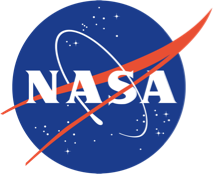Winners receive an initial $200,000 for their design and to begin building their payloads. During
Payload Build Round 1 and
Payload Build Round 2, Winners will have the opportunity to win additional awards of $200,000 and $100,000 each. NASA intends to award a
suborbital flight test and an opportunity for an additional $150,000 to each of the Winners in Spring 2023.

